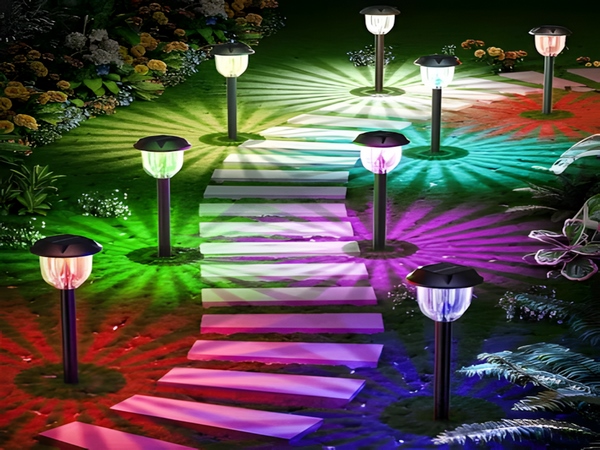
To establish a strong foundation in the LED street light industry, a powerful technological support system is essential. Technology is constantly changing, and in the field of LED street light technology support, continuous innovation and research on cutting-edge technologies are necessary to win the market.

For LED street lights to be widely adopted as the mainstream lighting source for roads, there are several challenges that must be addressed. These challenges can be summarized into three main points: optical design, heat dissipation issues, and driver power supply design.
1. Optical Design
The ease of optical design is a significant advantage of LED street lights, but it also presents considerable challenges. Researchers have developed many lighting distribution schemes for LED street lights, such as primary distribution (i.e., lens packaging) combined with secondary distribution from fixtures, and secondary distribution (using secondary lenses) combined with tertiary distribution and reflector distribution. However, no lighting distribution scheme has yet achieved a scientifically sound design, as they all exhibit varying levels of low overall optical efficiency, significant glare, and poor uniformity in surface brightness and illuminance. Selecting the appropriate distribution method, choosing the right lens, and improving the structure of the street lights to meet lighting distribution and heat dissipation requirements all still need more mature solutions.

2. Heat Dissipation Issues
The heat dissipation capability of LED street lights directly affects their actual luminous efficiency and lifespan. LEDs, being electroluminescent devices, only convert 15% to 25% of electrical energy into light during operation, while the rest is converted into heat, causing the temperature of the LEDs to rise and resulting in a sharp decline in luminous efficacy. Therefore, a crucial aspect of LED fixture design is heat dissipation. To address the heat dissipation problem of LED street lights, mini fans can be installed to provide active and forced cooling; however, the lifespan of these cooling fans in harsh outdoor environments is often insufficient. LED street light fixtures must be designed with good dust and water resistance (IP protection level, such as IP45 and above), but good IP protection can often hinder heat dissipation. Resolving this contradiction is an important direction that cannot be overlooked in the design of LED street lights.
3. Driver Power Supply Design
Due to the extremely harsh operating environments of LED street lights, there is a strict need for meticulous design in aspects such as circuit topology selection, component choice, and the protection, heat dissipation, and water resistance of the circuit during the design of driver power supplies. Based on current technology levels, the average lifespan of conventional offline switching power supplies is usually under 30,000 hours. The lifespan of LED driver circuits determines the lifespan of LED street light fixtures. The most critical factor affecting the lifespan of LED power supplies is the electrolytic capacitor, followed by power semiconductor devices. Therefore, selecting the right electrolytic capacitors is of utmost importance. In terms of LED driver power supply design, not only must reliability be prioritized, but it should also meet performance and safety requirements regarding input AC current harmonic content, line power factor, electromagnetic interference (EMI), lightning protection, waterproofing, and energy efficiency. Finding low-cost, highly reliable, and high-performance solutions is a challenge in LED street light driver power supply design.
Bitpott Solar Street Light manufacturers specialize in researching, producing, and selling solar and LED outdoor lighting fixtures. With years of production experience and advanced manufacturing equipment, they guarantee quality, reasonable prices, and configurations. Enquiries about the pricing of LED solar street lights can be directed to their customer service.



